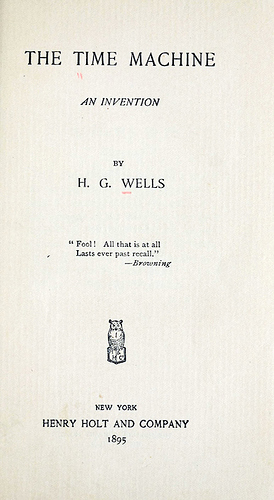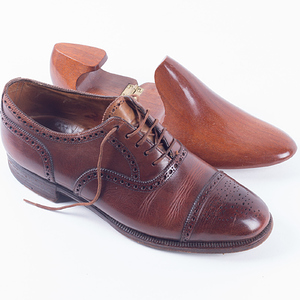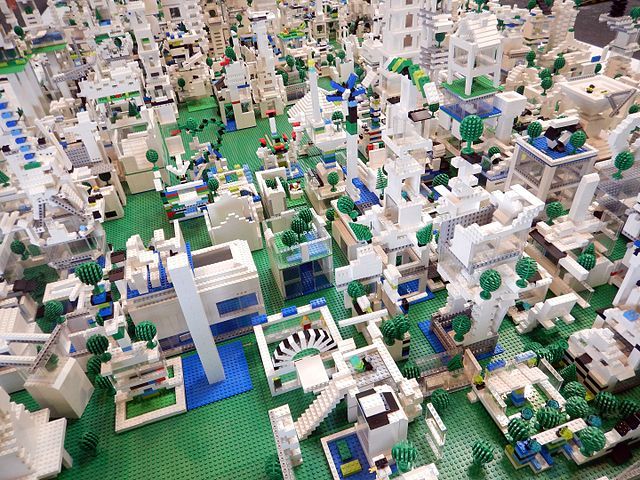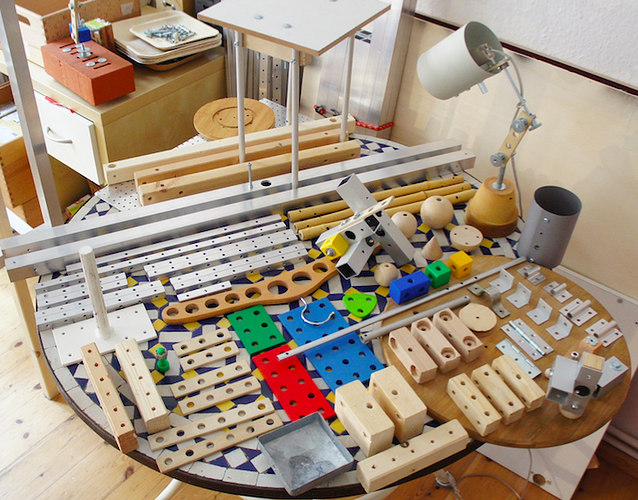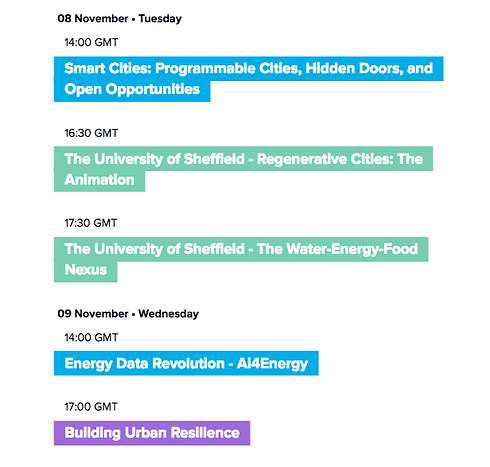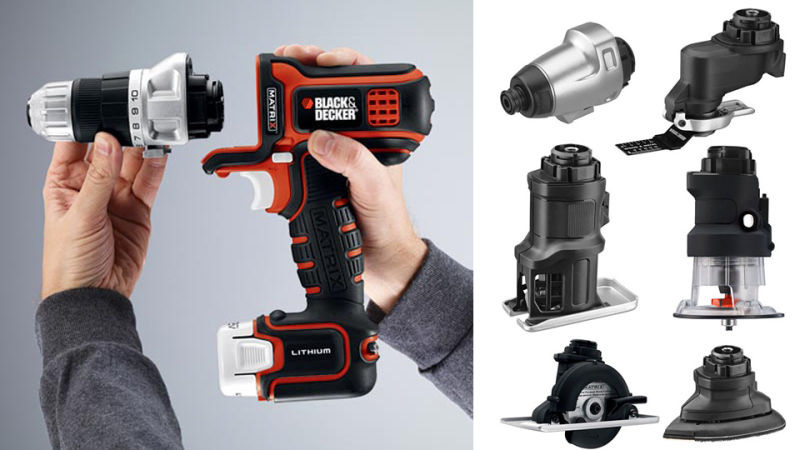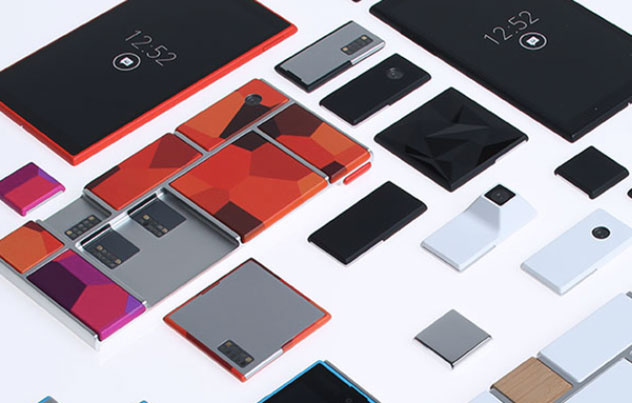#The Circular City in 2050 (1) – From PIWO to DIDO
In 2014 OSCEdays’ Sam Muirhead @cameralibre helped to make this 30min VIDEO DOCUMENTARY about Fablabs and their potential role for the sustainable regenerative city in 2050. Very inspiring!
The simplest and strongest idea in the documentary is expressed in this image:
![]()
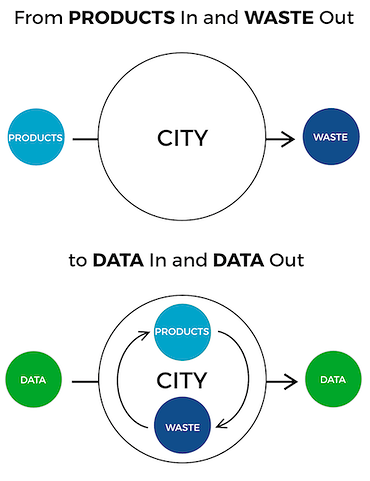
![]()
In the future all physical products and process in a city are designed for constant rejuvenation of the city out of the materials ( the atoms ) that are already in it. (Almost) no physical materials need to leave or enter the city.
This is enabled through an open flow of information (Data) in the city and around the planet. Cities learn and research openly together ever better rejuvenation for their atoms.
From PRODUCTS IN & WASTE OUT to DATA IN & DATA OUT
How will live be in this cities? And how do we get there? I am sure Open Source will play a huge role for both answers.
![]()
###The Circular City In 2050 (2) – ‘The Time Machine’
#‘The Time Machine’ To The Circular City
In a drawer somewhere someone found an unknown and unpublished chapter of H. G. Wells’ ‘The Time Machine’ (1895). In this chapter the time traveller visits a circular city in the year 2052. Why did H. G. Wells never published the chapter? Probably it had way to much positive spin for his taste back then.
In this chapter the time traveller meets Alma a citizen of a circular city somewhere in Europe in the year 2052. They are walking through the street while having a conversation. Here is a small sample of the chapter:
(…)
ALMA: Yes, production has always been a part of the city. But with digital fabrication, circular economy and open source it got even closer to the center of the city. Today the city is our factory.
THE TIME TRAVELLER: You mean all the things around us were produced here? Hard to believe. The city would be pretty stinky then! And full of garbage.
ALMA: Well, it isn’t. We work in closed loops. Everything new is produced using something old. We have no waste or garbage but resource collection systems.
TTT: Where wood is chopped, splinters must fall!
ALMA: True. But we don’t have much of them and we don’t have them as garbage. Building entirely new things is something we try to avoid where we can. We rather repair things or reuse them. Our factories are mostly repair and refurbishing shops or facilities. We build long lasting things. That stay in fashion.
_
Alma pointed to the other side of the street where a young woman with rainbow colored hair was walking. She wore the exact same shoes as the time traveller: brown leather oxfords. The time traveller had bought from John Lobbs in London 4 years ago in January 1891.
ALMA: Repair and reuse is easy because we use mostly standards and commonly spread and reusable parts and materials. Nuts and bolts you even know from your days. I think our designers aren’t satisfied with their work till they have a least 3 different future uses for each part of a design and all side products of the production.
TTT: I find this hard to believe. Look at the range of things around us! Who is supposed to keep an overview and know all of that!
ALMA: All our products and processes are Open Source. Information about them and all possibilities for them are freely accessible. We use mostly digital fabrication tools. They feed on this information. And enable creative circular reuse and reproduction. The objects themselves know their circular possibilities and share them. This way the possibilities grow.
_
The young lady with the brown leather oxfords stood now right in front of them. With a quick move Alma touched a little sign on the shoes. A colored moving image appeared between them showing the shoe and all kinds of information about it like ‚materials‘, ‚recycling info‘, ‚reuse opportunities‘, ‚building plan‘.
_
TTT: So basically everyone can look up all this information? Always?
ALMA: Yes. But it is still our designers who make the best use of it. They create new objects using open circularity information and adding to it. –
– It is the role of our designers to enable an open future. To build things that grow the possibilities for us in all aspects. To make a world that is renewable out of itself in unpredictable ways. –
– But it is true, the fact that everyone can look up all information did a lot of good to our democracy. It turned out that the possibility to learn about the objects in our environment and to influence them, made more people develop interest and practical understanding of the ecological circular processes around them. This made our democracy stronger and smarter. Thanks to open circular design.
TTT: How often do you change and rebuild the city then?!
ALMA: Well, this does not only depend on the will of the people. There are external forces at play! The climate on the planet has changed since your days. We have storms and floods destroying cities on a regular basis. And huge waves of refugees as a result putting cities under pressure. Open circularity enables us to fix, rebuild and adapt our cities quickly. And because of that have more peace on the planet.
(…)
The two walked down the street. At the next corner stood an object with the letters ‘OSCEKA’ on it. Alma stopped in front of it.
TTT: If you had a time machine, what would you do!? Would you travel to the future and see how all of the very same atoms here around us are shaped into an entire new city?
ALMA: No. I would take on of these object here – an OSCEKA – and travel to the past. The OSCEKA was the first thing that really made people understood Open Circularity, and inspired so many people to contribute and invent it further. If the OSCEKA had been around earlier, we would already be in this entirely new city today.
_
The time traveller looked closer at the OSCEKA. And as he did he started to understand everything Alma had explained to him. It started to make sense. Of course!
(…)
Sadly the manuscript ends here. I whish H.G. Wells would have described the OSCEKA in more detail. Now we have to come up with it ourselves. Quickly.
Ps. If could know at least what OSCEKA means. Maybe Open Source Circular Economy Killer Application?
(Post is a combination of this & this blogpost. | The text is released into the Public Domain. You can do whatever you want with it without worrying about attribution. I am happy about attribution though.)
####UPDATE
This is maybe a good idea to communicate ideas about the circular city. Do you have an idea for it? Feel free to share it as another episode in the conversation of ALMA & the TTT. Lets write collaboratively a full chapter about the Circular City!
